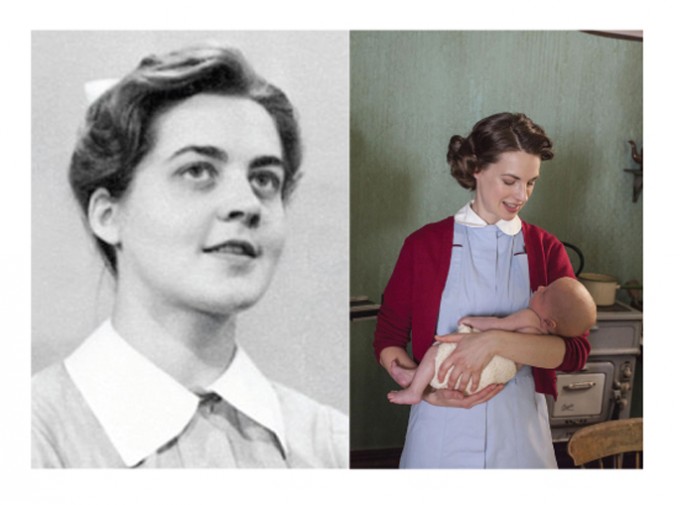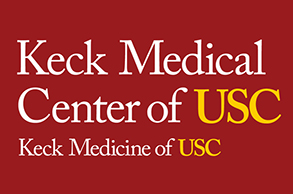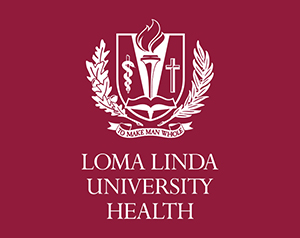Movie & TV Nurses
Jennifer Worth (1935-2011) and “Call the Midwife”
Her experience in ‘50s and ‘60s London became a bestselling memoir and popular BBC TV series

A throwaway line in a 1998 article in the Midwives Journal, suggesting that someone ought to do for midwives what James Herriot’s All Creatures Great and Small had done for veterinarians, inspired Jennifer Worth to memorialize her years as a nurse midwife in a trilogy of bestselling books, creating a lasting and entertaining record of a time and place that no longer exist.
The East End
Born to a middle-class English family before World War II, Worth dropped out of school at age 14, working as a secretary and wandering around Europe before enrolling in the nurse training program at Reading’s Royal Berkshire Hospital in the mid-50s.
In 1957, Worth became a nurse midwife in the Poplar section of London’s poverty-stricken East End. As she later described in her book Shadows of the Workhouse, poor women of the time usually gave birth at home and having 10 or more children “was quite common.”
The role of the midwife in that world was a relatively new one. “[E]ven as little as twenty or thirty years previously, women were still delivering each other’s babies as they had done in earlier centuries,” Worth explained, “but by the 1950s, with the advent of the National Health Service, all pregnancies and births were attended by trained midwives.”
In Poplar, Worth worked for and with Anglican nuns and was inspired by their selfless service. The sisters “started their work at a time when there was virtually no medical help for the poorest of the poor, and a woman and her baby survived or died unattended,” she later wrote. Their example led Worth to develop a lifelong dedication to Christianity. Many of her Anglican colleagues remained her friends for the rest of her life.












